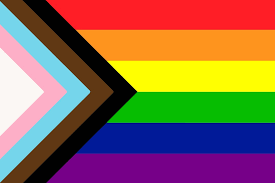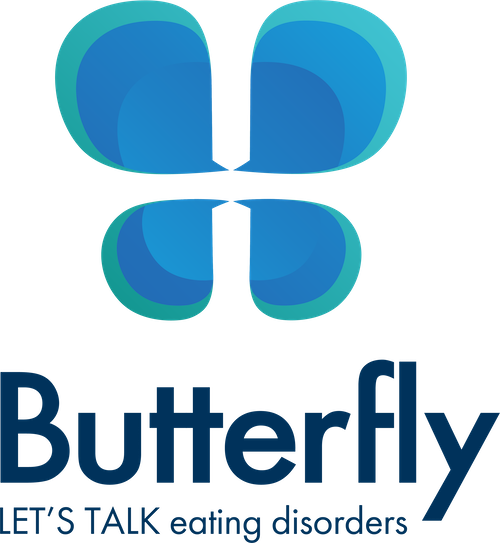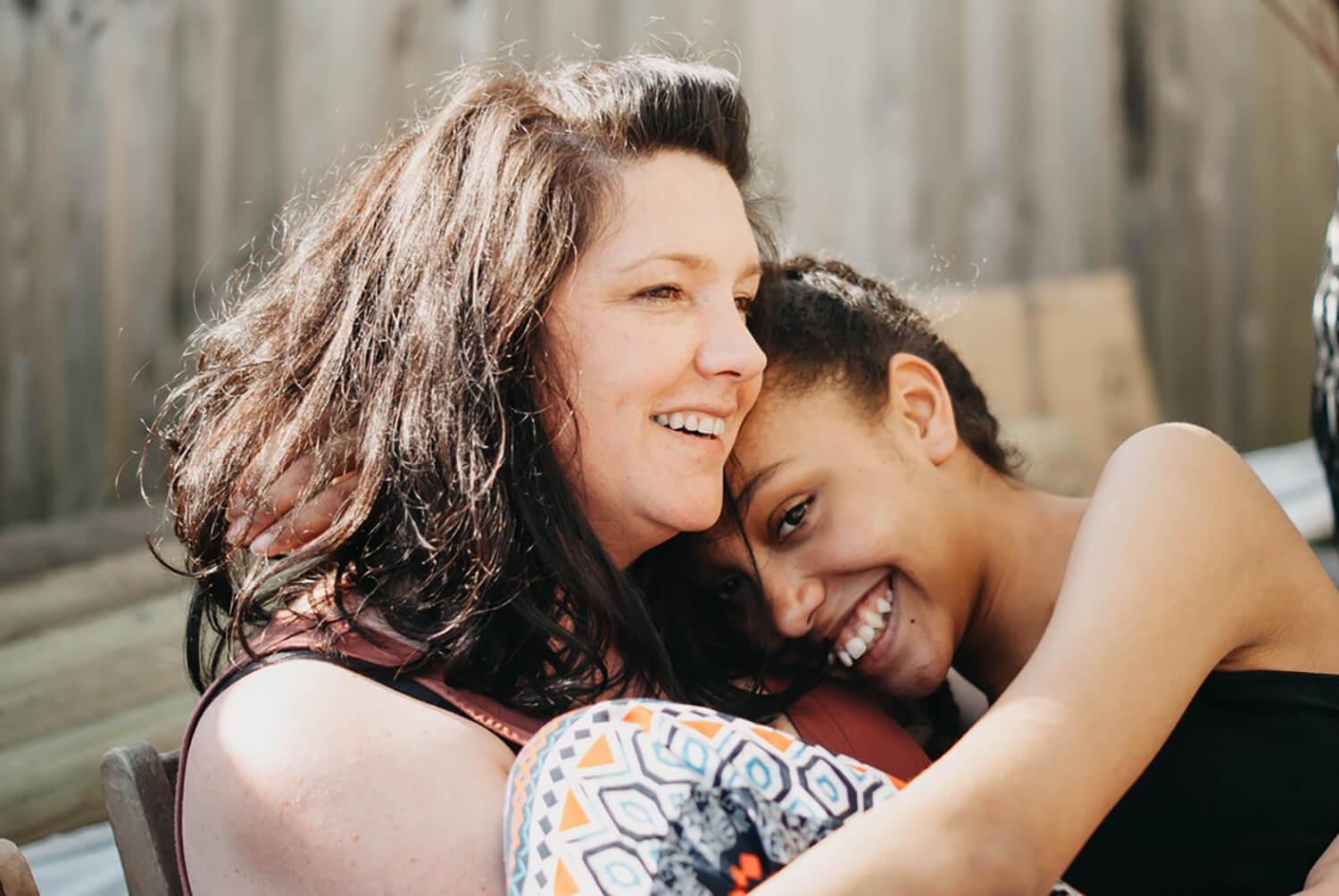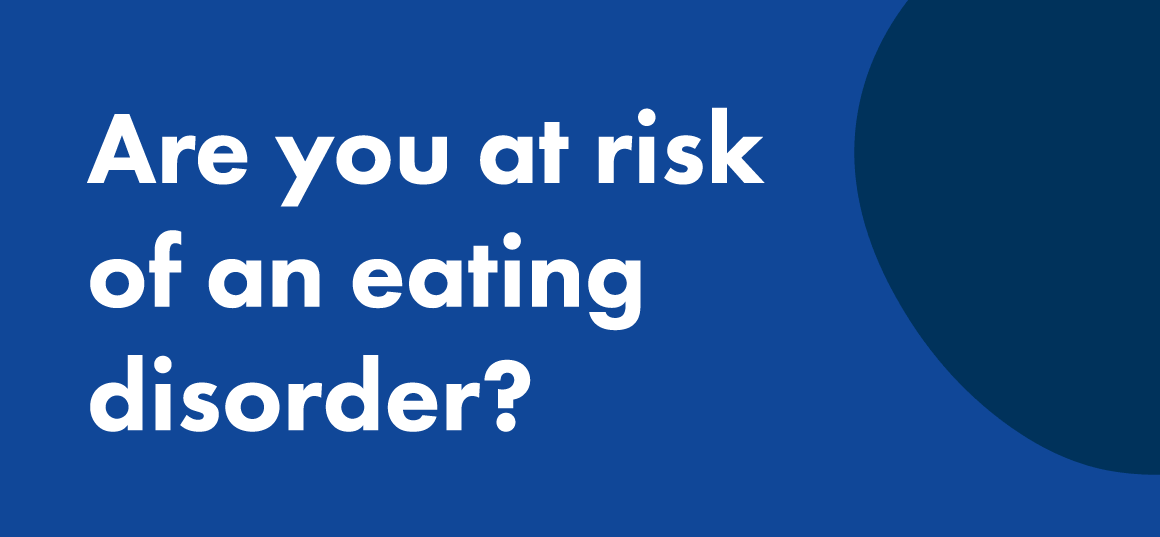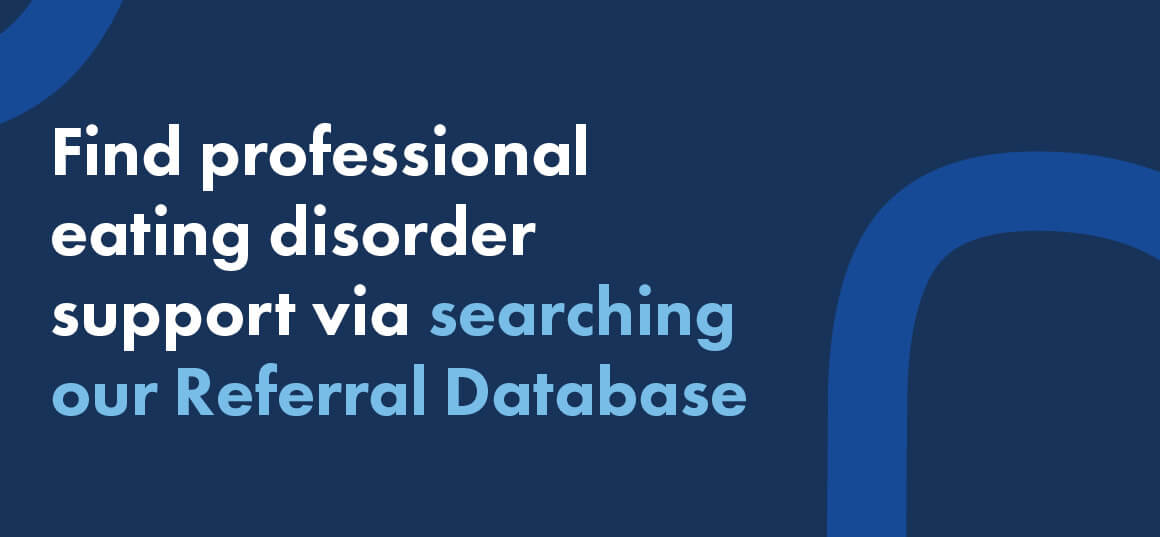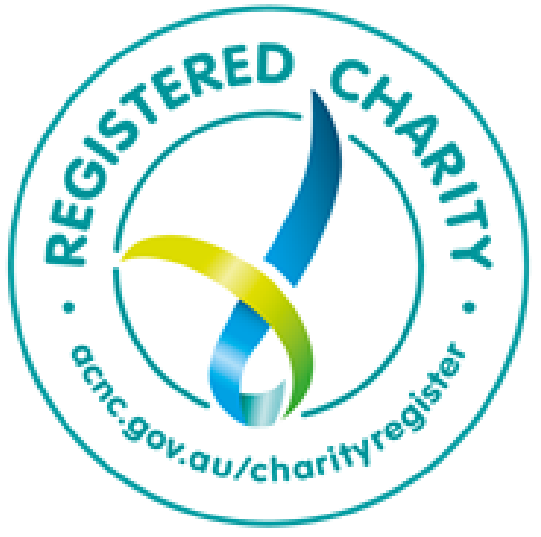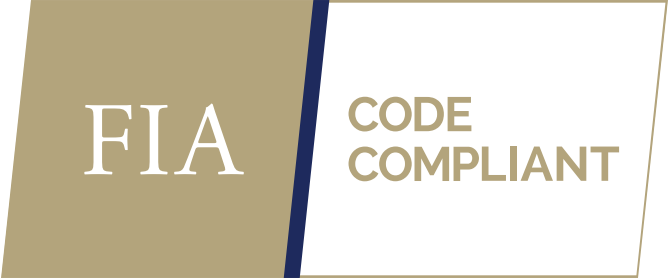Body image disorders
People who have poor, or negative body image are more vulnerable to developing disordered eating and eating disorders. It can also play a role in how you start thinking and acting when it comes to what you eat and how much you might exercise.
Are you at a higher risk of experiencing poor body image?
What is Body Dysmorphic Disorder (BDD)?
Body Dysmorphic Disorder (BDD) is where you may be extremely worried or preoccupied about a perceived flaw, or imperfection in their appearance. it may include one or more facial features or body parts, and it may appear minor, or not even seen by other people.
Body Dysmorphia Disorder shares some features with eating disorders and also obsessive-compulsive-disorder.
BDD can consume your thinking and may make a you feel so anxious, embarrassed or ashamed that you may avoid social situations and public settings. BDD can lead to harmful behaviours in an effort to fix or change appearance.
Some concerns include being worried about
- Facial features (such as nose, lips, eyebrows)
- Body hair
- Your skin complexion (such as moles, freckles, acne and pimples)
- Baldness
- Breast size
- Muscle size
- Your genitalia
If you have BDD you might:
- Worry or think a lot about how you look
- Believe that you have a physical abnormality or defect that makes you ugly
- Frequently looking in the mirror, body checking or skin picking or avoiding mirrors
- Excessive grooming and frequent cosmetic procedures, with little to no increased satisfaction
- Wearing excessive make-up or clothing to conceal perceived flaws
- Feeling extremely insecure and self-conscious
- Avoiding social situations and refusing to appear in photographs
- Believing that other people take special notice of your appearance in a negative way
- Negatively comparing your appearance to others
Anyone, regardless of age, gender, race, and sexuality can be affected by BDD. There are physical, psychological and cultural factors that can contribute to its development. Some things may include:
- Genetic pre-disposition to mental illnesses
- Anxiety
- Obsessive-compulsive disorder
- Personality traits such as perfectionism or competitiveness
- Significant life experiences that have caused trauma, such as abuse and bullying.
What is Muscle Dysmorphic Disorder (MDD)?
Muscle Dysmorphic Disorder (MDD) is a type of Body Dysmorphic Disorder (BDD). It is sometimes referred to as “Reverse anorexia” or “Bigorexia”,and usually affects men.
Muscle Dysmorphia is where a person might be having a lot of thoughts about their muscles and not seeing themselves as muscular or lean enough.
People who engage in body building are especially vulnerable, but while there is nothing wrong with body building, if it starts interfering with your life it can become a problem.
Some areas of your life it could impact include:
- Relationships
- Work
- Study
- Mental and physical health
Actual prevalence of Muscle Dysmorphia is unclear as it is grossly underreported and under diagnosed.
Some common characteristics of Muscle Dysmorphic Disorder include:
- Excessive time and over-exertion in strength training and weightlifting, with the aim to increase muscle mass
- Over-preoccupation with muscle size, shape and body fat
- Feeling anxious if unable to train or if a workout is missed
- Overtraining or training when injured, or unwell
- Disordered eating behaviours, using special or restrictive diets with the use of protein supplements, especially to increase muscle size and/or reduce body fat.
- Use of steroids and may involve other illegal substances
- Compulsive comparing and checking of your body and shape
- Significant distress or mood swings
- Prioritising exercise and training sessions over everything else, including over relationships, work or study
- Can include worries about other aspects of your body or appearance, such as your hair, skin, or genitals
Not thinking there is a problem, or scared about losing muscle if you stop training or steroids.
Muscle Dysmorphia can be challenging to diagnose and treat, as many people experiencing it don’t see their thinking or behaviours as problematic.
Similar to BDD and eating disorders, Muscle Dysmorphia is complex. There are a range of physical psychological and cultural factors that may influence development.
Existing research shows a higher prevalence of Muscle Dysmorphia amongst males and those involved in sports wrestling and body building, however Muscle Dysmorphia may be experienced by any gender and by people participating in other sports and training environments too.
Some other factors that place a person at greater risk may include:
- Low self-esteem
A genetic pre-disposition or vulnerability to mental illness - Existing mental health concerns
- Past bullying about weight and appearance, particularly in relation to muscularity
While participating in sport, exercise and training can offer a range health benefits it is important to avoid:
- Excessive exercise
- Overtraining, even when sick or injured
- Rigid food choices and restrictive diets
Muscle Dysmorphia Disorder can become all-consuming, impacting all aspects of a person’s life and lead to serious health consequences.
Do you want to chat about body image? Let’s talk
Whether you need support for yourself or someone you care about, call our free and confidential Helpline on 1800 ED HOPE (1800 33 4673), chat online or email.


